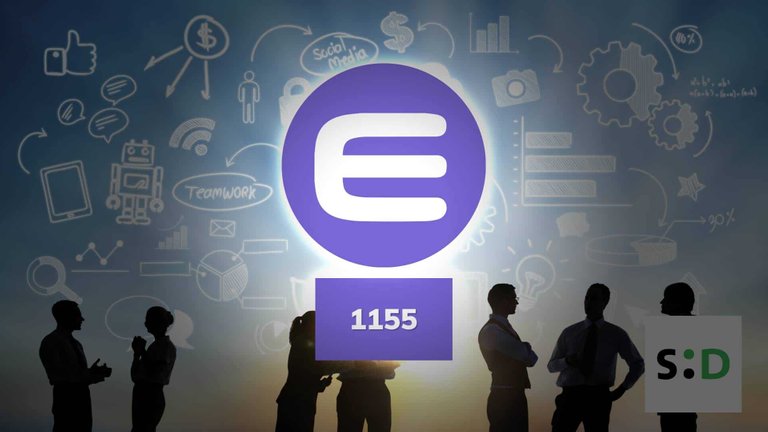
On June 17th 2019 the ERC-1155 standard, introduced by Enjin co-founder Witek Radomski, was adopted as an official Ethereum standard protocol.
This means that the Ethereum development community are now happy to commit to the code that they have, and no further changes are required.
It also means that ERC-1155 is now the new standard for minting both fungible and non fungible assets. And, according to an official announcement from Enjin, the code is "future proof".
What Are Fungible and Non Fungible Assets?
For example, if you lend your friend £50 you are not going to be bothered if they give you the same £50 note back. If they give you an amount which adds back up to the original £50 you would consider the debt repaid. This is fungibility.
Alternatively, if you lend your friend your laptop for the weekend you are going to want the exact same laptop back. This is a non fungible asset. The value of the laptop is unique to you and you always require that exact laptop is returned to you.
A Bit About Ethereum Standards
When the Ethereum development community agree on the completion of an EIP it becomes an Ethereum standard. Such as the ERC20 standard for creating ETH based tokens.
These EIPs are created by members of the greater ETH community. They propose upgrades to the way in which the ETH network operates as well as new suggestions for features etc.
If a community member wishes to suggest an update to the ETH protocol they are required to submit an EIP in the official GitHub repo.
Once an EIP has been suggested, the wider Ethereum development community will assess and build upon it as they see fit.
What is ERC-1155?
As it allows contract owners to manage both fungible and non fungible tokens (and others) it opens up the scope of their application.
Using the ERC-1155 standard developers are able to create, for example, a contract for a digital casino.
In this example the developer wants to use traditional gambling chips within their system. However, they also wish for their users to be able to withdraw ETH and create their own custom tokens.
Without the ERC-1155 standard the developer would have to either create their own contract, able to handle fungible and non fungible tokens, or use multiple contracts, which is confusing.
Using the ERC-1155 template the developer is able to keep one contract address while providing functionality for their gaming chip, ETH withdrawals and custom token creation.
Love, peace and happiness.
Original article: https://somethingdecent.co.uk/news/blockchain/enjins-erc-1155-adopted-as-official-ethereum-standard/